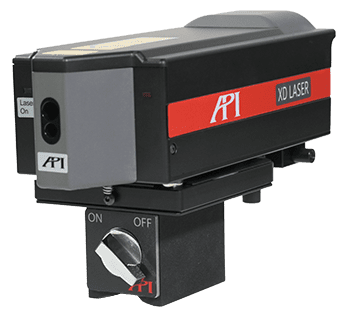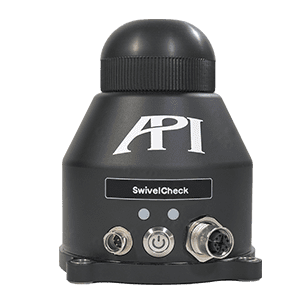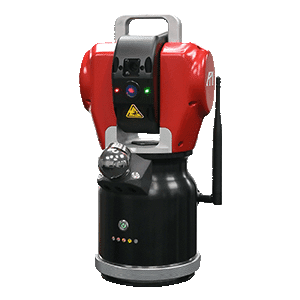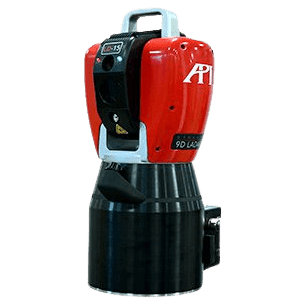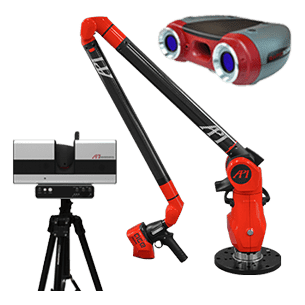How the Laser Tracker Changed Modern Aviation Manufacturing, and Airline Travel, for the World
As we celebrate Aviation History Month this (and every) November, much of the discussion centers around a few watershed moments that allowed us to get to the point where the Federal Aviation Administration (FAA) handles more than 16 million flights a year, carrying nearly 3 million passengers a day and 44 billion pounds of freight a year, and accounting for more than 5% of America’s Gross Domestic Product (GDP). These moments often include the first lighter-than-air hot air balloon flight in 1783, the Wright Brothers’ legendary flight in 1903, and the Boeing 707 ushering in the era of commercial flights in the 1950s.
Without any of these moments, it is impossible to say whether commercial air travel would have every literally gotten off the ground. But there have been many other developments that contributed to the rise of air travel, particularly in the 70 years since commercial flights became available. One of these breakthroughs happened in 1982: The Invention of the Laser Tracker.
At first, the Laser Tracker and aerospace manufacturing appeared to be on very different tracks, but they would soon intersect in a very meaningful way. Dr. Kam Lau, founder and CEO of API, was tinkering on the first Laser Tracker in the basement of the National Institute of Standards and Technology (NIST), and his thoughts were far from aircrafts during his work.
“The first laser tracker was a 5-/6-D tracker designed for robot precision calibration and position control,” says Dr. Lau. “But the robotic industry was suffering a huge setback due to the relatively poor performance of robots that were not meeting the general performance expectation.”
Meanwhile, the aviation industry was dealing with the opposite problem. For 30 years, since the development of the Boeing 707, demand for passenger and freight aircraft had been doubling every decade. But the alignment and assembly processes for building these aircraft were very time-consuming, and costs were rising as manufacturers strained to keep pace.
“Many of these operations were performed manually, by ‘eyeball’ with manual jacks that were constructed for the specific tasks,” recalls Steve Powers, a 20-year veteran of the Wichita aerospace manufacturing hotbed. “Usually the same guy would work that specific alignment. This of course, was much less accurate and would sometimes cause major issues. I remember one mechanic, that could never miss a day of work and it was impossible for him to schedule a vacation. Because if he were gone, the unit could not be joined. This was on the 737 Classic.”
Soon after Dr. Lau demonstrated the first working prototype of the Laser Tracker, interest across many industries was piqued. And it wasn’t long before the tracker and aviation’s paths finally crossed.
“It was Boeing first,” says Dr. Lau. “Boeing took 10 months to study the benefits and impact of the Laser Tracker on their assembly process, and they placed the first laser tracker order to API.”
Boeing wasn’t the only interested party. Lockheed Martin also placed an order, and by using military priority, they actually received their order before Boeing. The rest of the industry wasn’t far behind, and the results were instant and long-lasting.
“Speed and accuracy,” says Steve Powers, when asked about the impact of Laser Trackers. “The requirements differ more from customer to customer, and the first assembled units have more measurement requirements. The laser tracker has helped speed up production flow, as well as help manufacture a better-quality end item.”
And both men agree that Laser Trackers have influenced the design and capabilities of aircraft over the last 35 years. “It’s hard to imagine how the aerospace manufacturing would be without laser tracker,” says Dr. Lau. “The ease of use, robustness and accuracy of the Laser Tracker became so dominant that it replaced the other technologies and products.”
“Well, there would obviously be less precision,” says Steve Powers. “The measurement requirements on today’s aircraft are almost impossible to meet, with the use of Laser Trackers. Without them, there is no way the tolerances would have been able to become so small. It is incredible how small the tolerances have become.”
But the partnership has benefited more than just aerospace manufacturers. As trackers have integrated into their environments, engineers and tracker operators have developed thoughtful feedback on ways to improve tracker performance. And OEMs have listened.
“Initially, most of the trackers were quite large and heavy to transport around,” Steve Powers remembers. “Smaller and lighter was the way to go, and then, wireless probes and active targets took measurements to the next level.”
“The aircraft industry drove three of the most important improvements to API trackers over the years,” says Dr. Lau. “First, we developed a very compact and highly accurate ranging device called ADM (absolute distance measuring device) to produce the most reliable and convenient measurement in industry. Then, we made our patented Active Target (AT) because they were using the Laser Tracker for large multi-axis machine tool calibration. And we developed iVision Auto-Lock. Because of the constant beam interruption, the Auto-Lock helps the tracker recover the beam with ease.”
As Laser Trackers and Aviation manufacturing have driven each other in a loop of process improvement and more ambitious design, the industry has been able to keep up with ever-increasing demand. And while there are many other factors, including better pilot training and autopilot software, improved radar for FAA support, and better engineered designs with failsafes, the aircraft built to keep up with this demand are the safest the world has ever seen. In 2017, there were 44 aircraft-related fatalities, and while that is still 44 too many, it is 98% fewer than the nearly 2,500 there were in 1972. There were 20 aircraft accidents in 2019, a rate of 1-in-2,000,000 flights, and 1/3 the number we saw even 20 years ago.
“Without question, the laser trackers have been a big factor in the development of the most advanced aircraft in the world today,” says Steve Powers. “They have made things more precise, which in turn makes the manufacturing process quicker and easier and with fewer defects.”
“Aircrafts are built lighter and safer with better precision and control in manufacturing,” says Dr. Lau. “Laser tracking technology has saved billions of dollars in manufacturing costs, fuel consumption, production time, wasted products, and automated inspection and assembly processes.”
And while future technologies may diminish the Laser Tracker’s dominance in aviation manufacturing, even within the next 10 years, it is hard to overstate the importance that Laser Trackers have had on the industry.
“The evolution will more than likely revolve around non-contact measurements,” says Steve Powers. “But I am not sure that you will ever be able to get away from using manual targets, with hole locations for alignment.”
“Laser Tracker technology will enjoy another 10 to 12 years of dominance in the aerospace industry,” says Dr. Lau. “Yes, there will be a technology or technologies which will eventually take over, but there will always be a role for a robust, well integrated and low-cost laser tracker in the aerospace industry.”
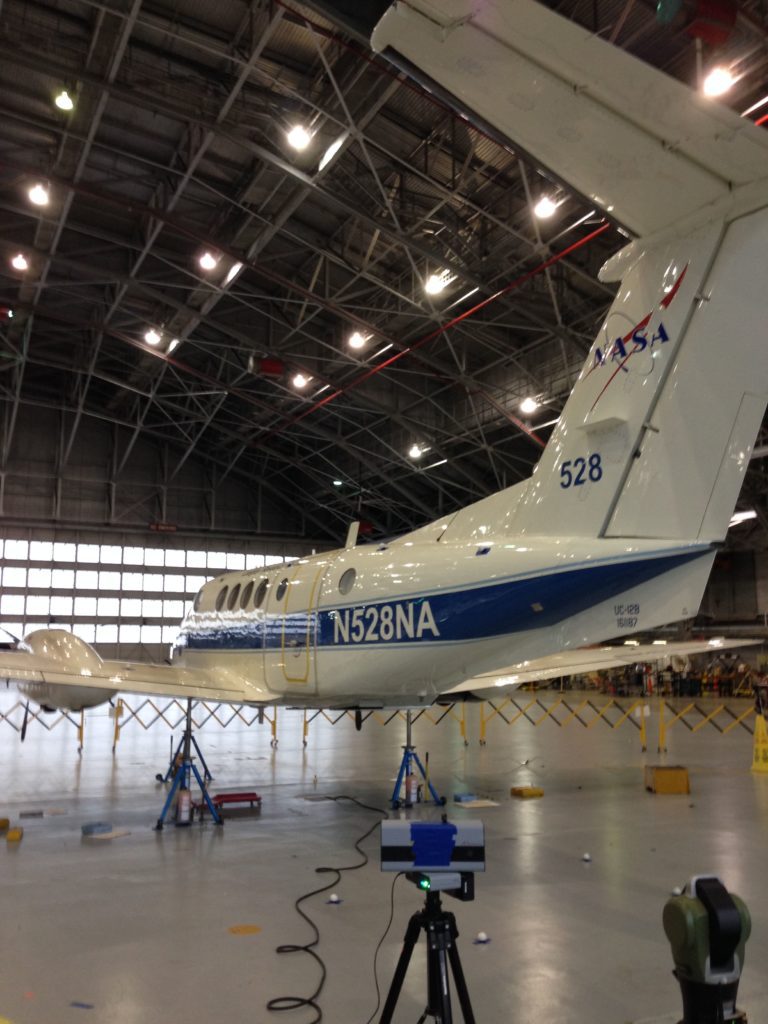
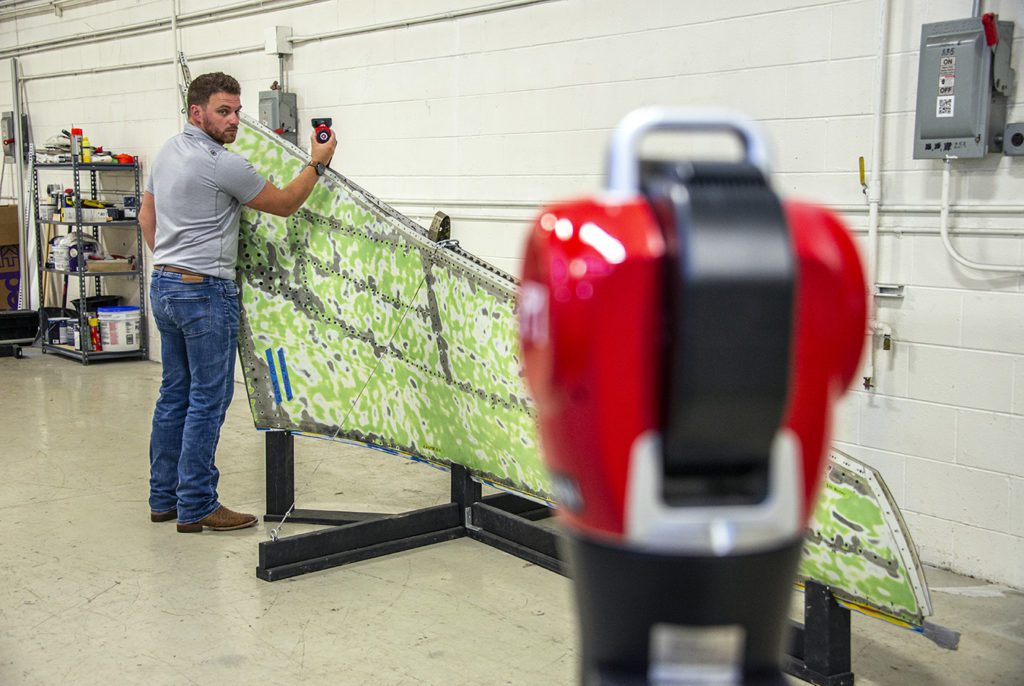
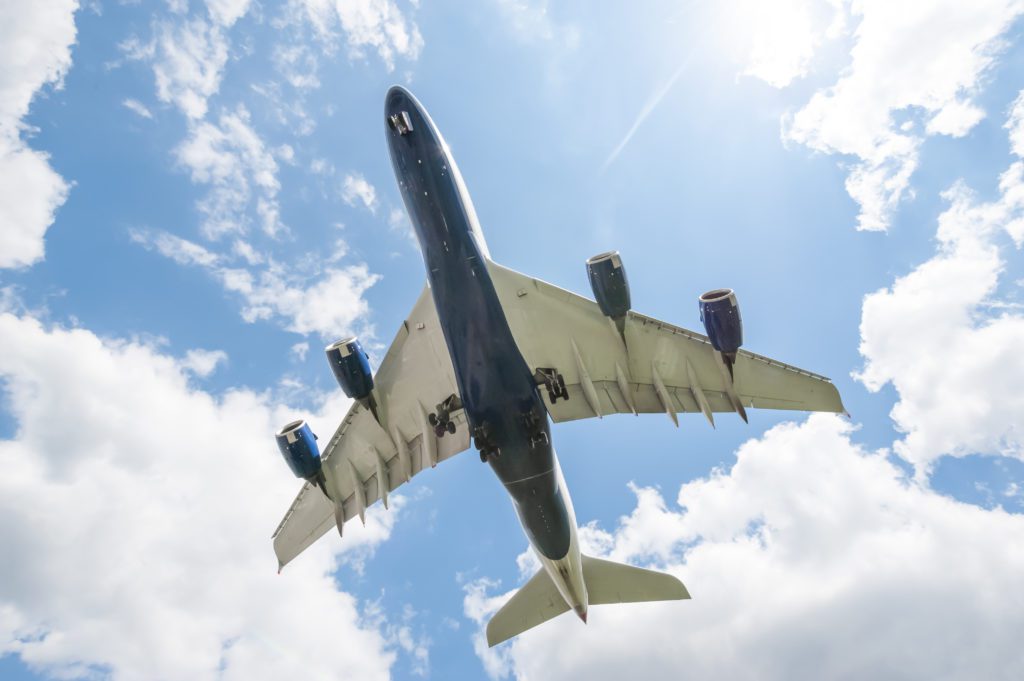
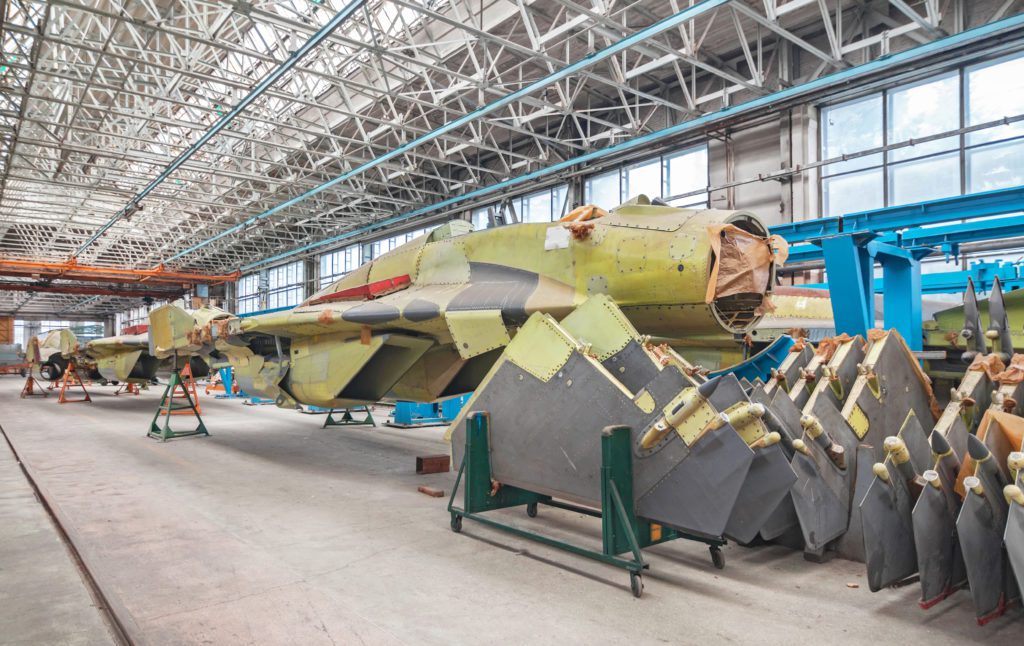
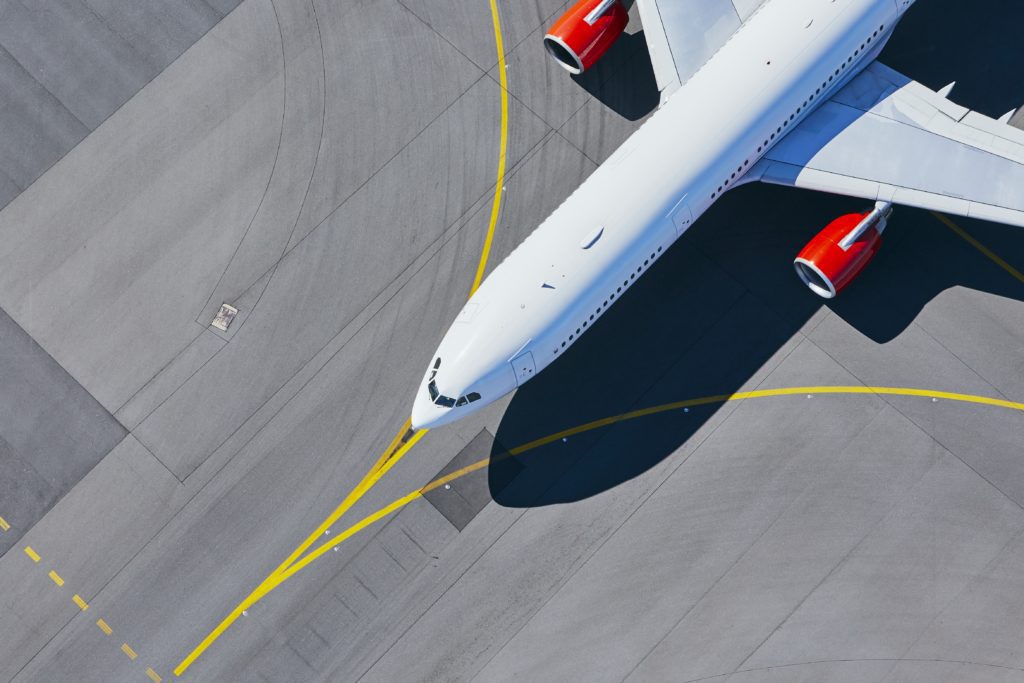
Sources:
https://www.icao.int/sustainability/pages/facts-figures_worldeconomydata.aspx
https://www.icao.int/sustainability/pages/facts-figures_worldeconomydata.aspx
https://www.statista.com/chart/12393/2017-was-the-safest-year-in-the-history-of-air-travel/





